Angola’s only functional national park could make a come back, but officials say they need more resources
As first appeared Televisão Pública de Angola, here. Produced by Gaspar Jindanji.
March 16 2022
Wildlife populations were virtually decimated by 25 years of Civil War
In 2001, the Kissama Foundation initiated 'Operation Noah's Ark' to translocate wild animals from neighbouring Botswana and South Africa.
Image by Mike Prince.
Quiçama National Park is located about 60 kilometres from Angola’s capital city, Luanda. Some of the challenges faced by park management are the provision of electricity and construction of new rooms for accommodation, according to António Silva, General Manager of Quiçama National Park.
There are 108 people working in the park, from administration staff, maintenance workers and wildlife rangers, who are the main force on the ground to fight against poaching and fires. Protected zone fence breaking, the impact of poaching, lack of vehicles, technology, tools and communications are the highest concern for the General Manager. He added that an annual budget of 20 million kwanzas (£31,600) would be enough to maintain the park, repair fences, and revamp the tourism facilities, leading to the park’s long term stability.
Quiçama National Park was previously managed by Kissama Foundation, a non governmental conservation organisation which helped the Angolan government restore the park after the Civil War, through Project Noah’s Ark. Today, it falls under the mandate of the National Institution of Biodiversity and Conservation – INBC. If authorities don't start acting to protect the park and the animals in it, it won't take five years to undo the progress made since the war, says Gaspar Jinjdanji from the ground at Quicama National Park.
Watch his full report, in Portuguese, at the end of this broadcast.
This article is reproduced here as part of the African Conservation Journalism Programme, funded in Angola, Botswana, Mozambique, and Zimbabwe by USAID’s VukaNow: Activity. Implemented by the international conservation organisation Space for Giants, it aims to expand the reach of conservation and environmental journalism in Africa, and bring more African voices into the international conservation debate. Written articles from the Mozambican and Angolan cohorts are translated from Portuguese. Broadcast stories remain in the original language.

